Fire Stories
A case for Community-Based Communication
BY ISABEAU OTTOLINI AND BETHANY HANNAH
For the past two years, Isabeau Ottolini has been researching community-based wildfire initiatives, as part of her PhD with the Open University of Catalonia (Spain) and the EU project PyroLife. Through interviews with international wildfire communicators, and a case study with the citizen association Pego Viu, the power and importance of stories have come up time after time as a more inclusive and transformative communication approach.
Bethany Hannah has practical experience with wildland fire storytelling as the executive director of the American Wildfire Experience (AWE) and The Smokey Generation. She has built a coalition of wildland fire photographers, videographers, writers, and creatives who are telling the story of fire from unique perspectives around the globe through a variety of initiatives.
Together, Ottolini and Hannah find that storytelling creates a shared experience from which to find common ground and envisage a path forward.
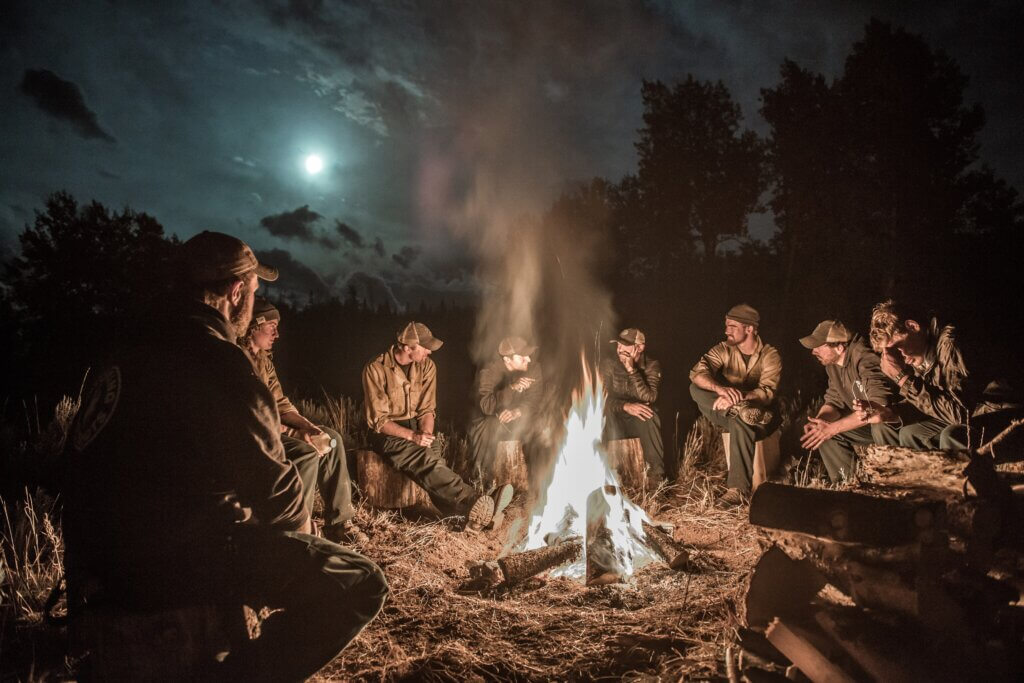
camaraderie built among crew members. Photo by AWE digital storytelling micro-grant recipient Kyle Miller.
Climate change is notably impacting fire regimes across the world, and increasingly extreme wildfires often have disastrous consequences despite increased fire suppression efforts; this has prompted an urgent call for different ways to deal with, and relate to, wildfires.
The last years have shown many, many examples of catastrophic wildfires, and during the IAWF Fire & Climate 2022 conference in Pasadena, it became clear once again just how much of an urgent and global issue wildfire is.
Disasters such as extreme wildfires are clear examples of socio-environmental injustice. On one hand, communities are often impacted disproportionately, causing extreme, and often unequal, impacts on people’s safety and wellbeing – loss of lives, homes, or health. On the other hand, wildfire disasters affect the global environment by further contributing to climate change or killing countless animals. These issues, along with other nuanced factors, are difficult to communicate, challenging to concisely summarize, and problematic to address on conventional platforms.
Certainly, many of us in the greater wildland fire community are pushing to move from a wildfire suppression paradigm to a more hopeful wildfire future, often referred to as living with wildfire. However, scarce reflection exists on how wildfire communication can accompany and support such a paradigm shift. In fact, wildfire communication in practice remains largely entrenched in certain ways of doing things, informed by the wildfire suppression paradigm, while sufficient scientific research and practitioner experience highlight the limitations of wildfire communication and how it deepens socioecological vulnerability to wildfires. Let’s see a few of them:
A first limitation of wildfire communication is that it frequently happens in a manner that is one-directionally and top-down, from experts to citizens.
A second limitation is the predominant use of mass campaigns, concentrated during the fire season, thus allowing only for very simple messaging.
A third limitation is the ways in which those messages are framed: that disasters are simply events in certain moments of time; that wildfires are natural disasters; and that responsibility for preventing and mitigating wildfires falls mainly on individuals, such as homeowners. All this, while we fully know that wildfires are slow disasters in the making, meaning that they are the result of many, many years of social, political, and economic dynamics, such as colonization, rural depopulation, and neoliberalism.
Consequences of such wildfire communication practices are that they insufficiently recognise and addresses the underlying and longterm socio-ecological processes of extreme wildfires. Also, wildfire communication is often not embedded within local contexts, and strongly excludes the voices, knowledge, and expertise of those who are often considered non-experts (anyone who is not a scientist or practitioner by recognised/official training).
So, overall, there seems to be a disconnect in wildfire communication strategies to accompany a paradigm change toward living with wildfire; this makes the application of more transformative, inclusive, and situated communicative approaches especially important, as wildfire disasters are increasing. Through our work and research, we thus look at storytelling as a community-based wildfire communication tool that shows untapped potential for accessing and engaging the public around living with wildfire.
A CASE FOR FIRE STORIES: LESSONS LEARNED
As environmental historian William Cronon says, “Narratives remain our chief moral compass in the world. Because we use them to motivate and explain our actions, the stories we tell change the way we act in the world.” This, in large part, is why storytelling will be so important for wildfire communication if we are to move toward living with wildfire. Here are some of the lessons we have learned through our work:
Storytelling allows individuals and organizations to share emotions, validate lived experiences, and acknowledge and mitigate conflict around wildfires. For instance, common conflicts around wildfires are about which responsibilities befall individuals versus which are of a collective nature; tensions between rural and urban populations and different land uses; perspectives on what is “natural” and humans’ place in the world. In such situations, sharing lived experiences through stories can foster mutual empathy and understanding.
Storytelling is empowering and can foster hope as well as healing; it is empowering both for the tellers (I can share my story; I am being heard; I am helping others to learn from my lived experiences.) and listeners (I can follow this example; I can learn from this; I don’t have to be scared; there are things I can do.); this presents opportunities for compelling wildland fire communication and education, especially during community wildfire recovery.
Storytelling is a great tool to dive into the many nuances, ambiguities and complexities surrounding wildfires. Wildfires are far from simple and straightforward, despite many communication campaigns focussing time after time on very generic slogans. For example, a public campaign in the Autonomous Region of Valencia in Spain simply says, “Stop Fires.” This entirely ignores the complexities and necessities of cultural and agricultural burning, for instance.
Storytelling embraces the fact that we live in a multirisk world. People are not just concerned about wildfires, despite many wildfire communication campaigns designed as such. Rather, there are many other troubles and challenges people face from day to day: socioeconomic injustices, other natural hazards, climate change, the global pandemic, and more.
Lastly, storytelling allows us to change the dominant wildfire narrative (Western, masculinized, and embedded within the fire suppression paradigm) from the bottom up, by diversifying the voices sharing the stories, and sharing and valuing knowledges that have historically, and often continue to be, ignored and excluded.
THE SHAPES AND POWER OF STORIES
Storytelling can take many forms via artistic expressions such as drawings, paintings, photographs, theatre, and songs; via spoken or written words; or making use of technology such as digital film or augmented reality. Storytelling can happen around the entire risk cycle, in any kind of setting and with any kind of character. As such, storytelling is an extraordinary versatile communication approach that can be fully tailored to everyone’s lived experiences and embedded within local contexts.
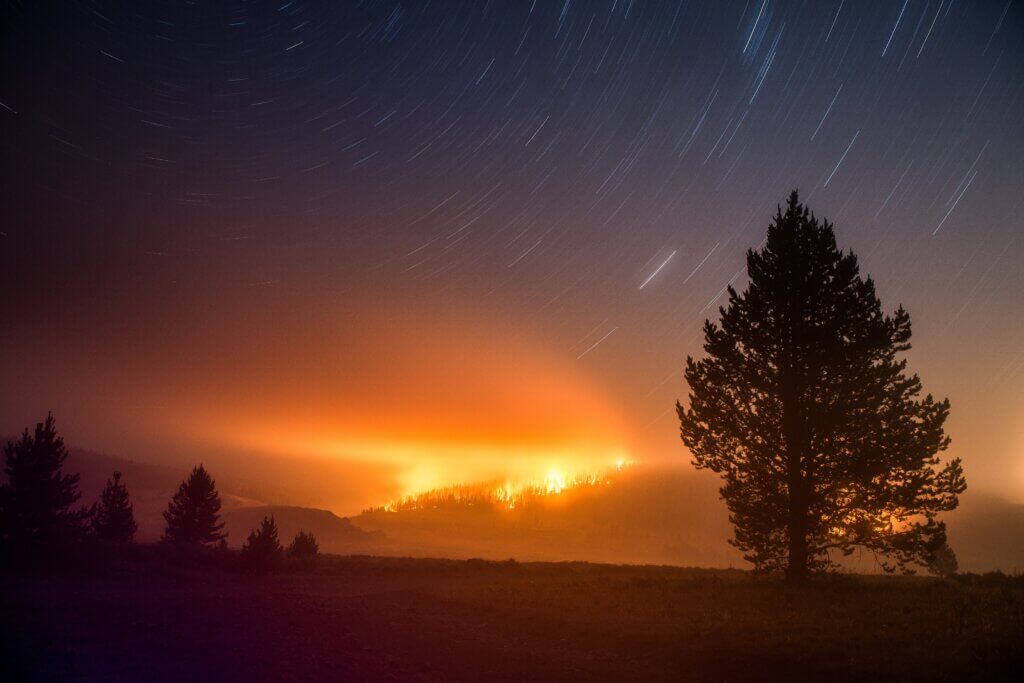
Photo by AWE digital storytelling micro-grant recipient Kyle Miller.
The American Wildlife Experience’s wildland fire digital storytelling micro-grants present a perfect example of the versatility of storytelling within the wildland fire community. Created to encourage and support creative wildland fire practitioners (including researchers, community members, and others), AWE has issued more than U.S. $26,000 worth of grants to people telling stories of wildland fire in profound and compelling ways. For example, Fanny Tricone, a fire ecologist based in Bellize with Dos Fuegos Fire Management, created a beautiful short video titled The Fire Paradox for her grant project; Marlie von Roy from Canada created a fantastic Instagram account called @firelinepoems that explores learning in wildfire; Martin Greenwood in Australia collected stories and oral histories about wildfire in and around Canberra to create a documentary for a project called Bushfire Experience; and, António Patrão in Portugal created a project called Fire Photo Voice which aims to give voice to local communities that take care of the landscapes and is tied to participatory action research. There is also the amazing storytelling of two-time grant winner Amanda Monthei, host of Life with Fire podcast, who created The Women Before Me for her grant project. These are examples of storytelling among people who know and intimately understand wildfires, but there are also phenomenal storytelling projects happening within local communities touched by wildfire. For instance, the Dixie Fire Stories Project was created by community members who experienced the nearly one-million-acre Dixie fire in Northern California in 2021.
Why do we share these examples? Because there is storytelling happening both within the wildland fire community itself and within local communities that have experienced wildfires throughout the world. These storytellers are sharing the story of fire in ways that we, as wildfire communicators, can harness, illuminate, and leverage to help us convey the important messages, nuances, and complexities of wildfire within our local communities and beyond.
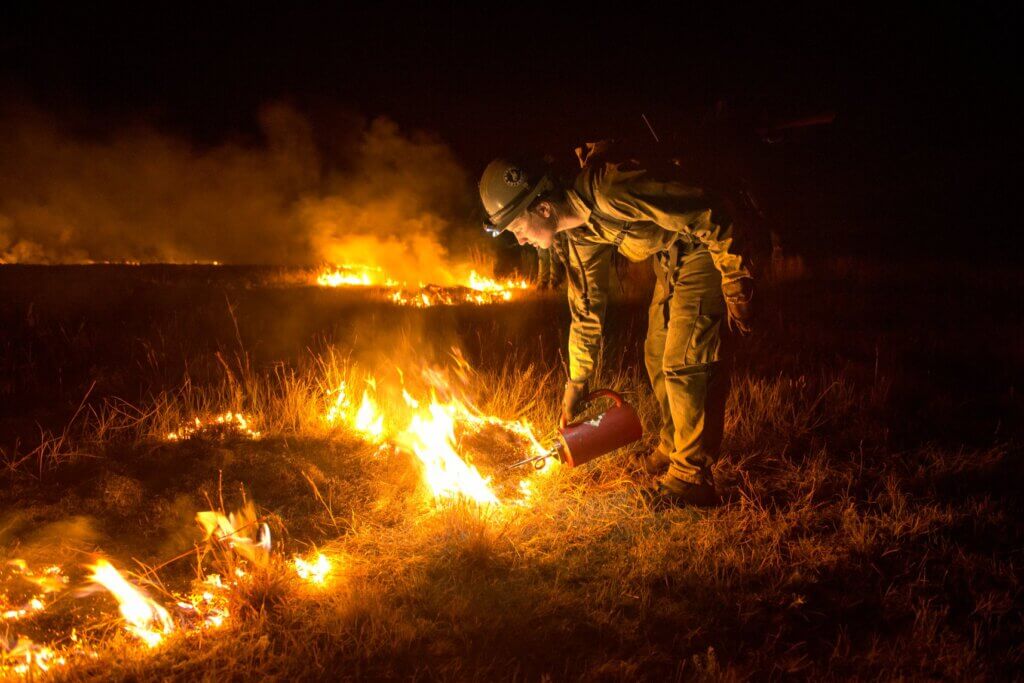
Photo by AWE digital storytelling micro-grant recipient Kyle Miller.
BRING STORYTELLING TO YOUR COMMUNITY
So, how can you bring storytelling to your work? Find the storytellers already communicating about wildfire and shine a light on their work; collaborate with your community to identify and share pertinent and communityled messages about wildfire; embrace your own creativity and recognize that you have amazing stories to share; and, if you are stretched thin (as many of us are), consider hiring experienced and passionate people to help you tell the right stories for your work, organization, or agency.
Stories are being told everywhere and all the time. As wildfire communicators, our role is to recognise there are infinite ways and formats for telling stories, capture and leverage great, community-led initiatives, and find ways to integrate stories that help people relate to a world with wildfire. By incorporating community-based communication and storytelling into fire management activities, we gain the ability to connect with people through our shared experiences, convey important messaging about how we can live with wildfire, and help our communities navigate wildfires within the context of climate change.
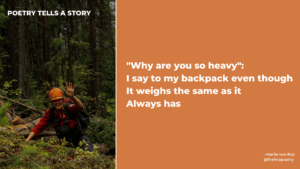
Interested in applying for the American Wildfire Experience’s wildland fire digital storytelling micro-grant? Applications open every spring. Follow @wildfire.experience or visit wildfire-experience.org to learn more.
ABOUT THE AUTHORS
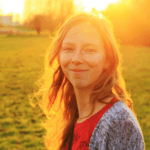 Isabeau Ottolini is a PhD candidate at the Open University of Catalonia (Spain) and the European project PyroLife. Her research focuses on community-based wildfire communication. Isabeau collaborates with Pego Viu, a land stewardship collective born from the ashes of the Vall d’Ebo wildfire in 2015, to explore how community-based initiatives contribute to a societal transformation towards living with wildfires.
Isabeau Ottolini is a PhD candidate at the Open University of Catalonia (Spain) and the European project PyroLife. Her research focuses on community-based wildfire communication. Isabeau collaborates with Pego Viu, a land stewardship collective born from the ashes of the Vall d’Ebo wildfire in 2015, to explore how community-based initiatives contribute to a societal transformation towards living with wildfires.
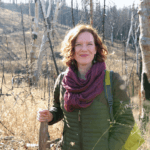 Bethany Hannah is the executive director of the American Wildfire Experience and founder of The Smokey Generation. She has been involved in the wildland fire community since 1998 and has a passion for empowering others in their efforts to tell the story of wildland fire from unique perspectives.
Bethany Hannah is the executive director of the American Wildfire Experience and founder of The Smokey Generation. She has been involved in the wildland fire community since 1998 and has a passion for empowering others in their efforts to tell the story of wildland fire from unique perspectives.
